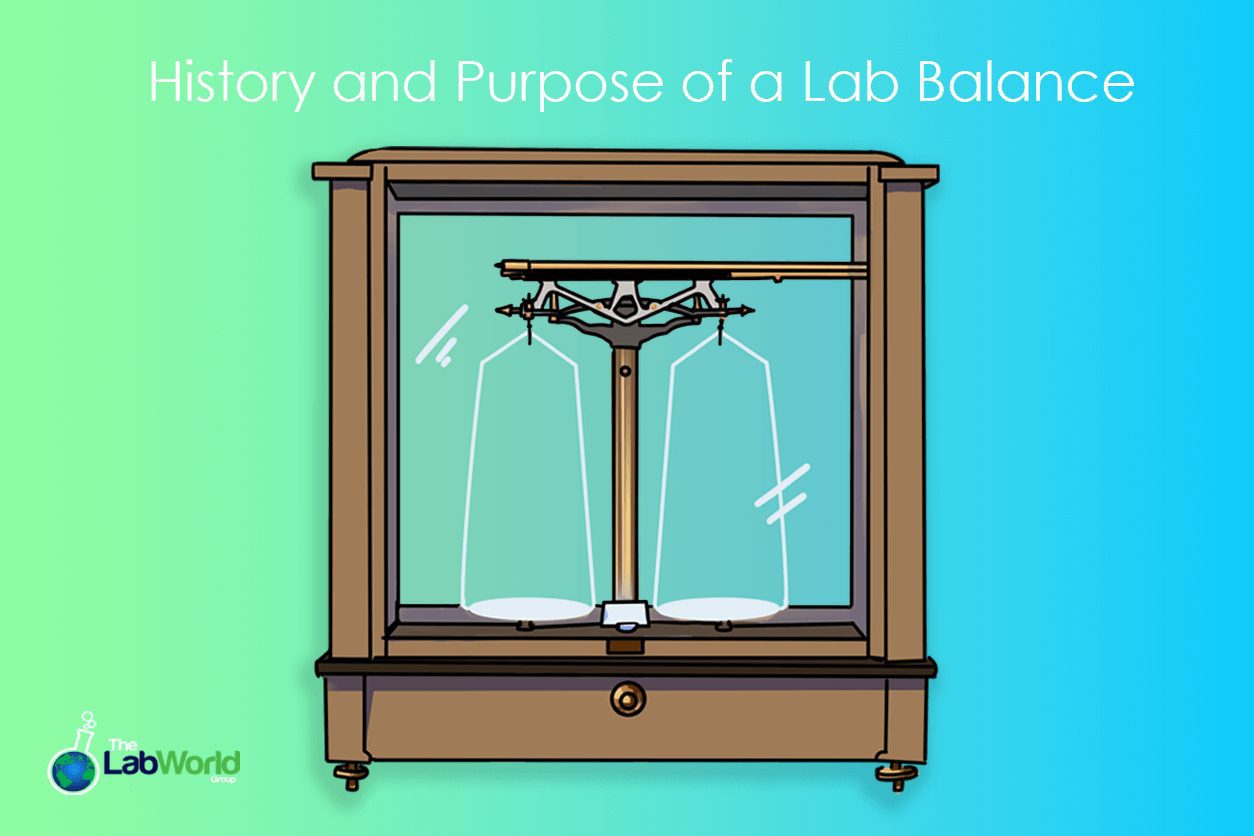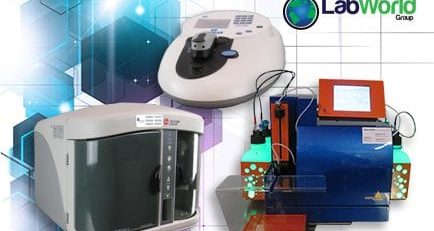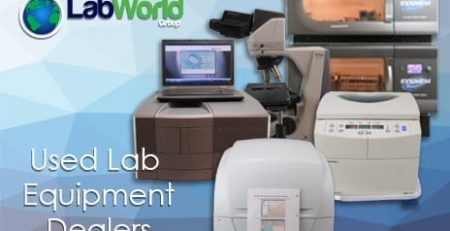
Just What Is A Laboratory Balance?
Amanda2022-11-14T14:07:37+00:00You would be hard-pressed to find a laboratory environment without the presence of a laboratory balance. The particulars of a lab balance can vary wildly, from ultramicro measurements of environmental testing filtrations and particulates to large capacity platform balances with dynamic weigh functions for live animals and everything in between. But while more contemporary instruments we see in the lab have sprung up over the last hundred, possibly two hundred years, lab scales have roots deep, deep in history.
The First Weighing Scales
The earliest balances look to have come about around 5000 BC in the Egyptian empire. This simple machine would have been made from natural materials such as rope and wood, suspending two metal dishes at either end. We get the term balance from the Latin word, bilanx, which translates to two pans. This design is so ingrained in our history that it is immediately recognized as the icon for justice, equilibrium, and measurement.
A more modern version came about in the mid-18th century, featuring a rigid beam set on a knife-edged fulcrum and operated like a seesaw with a rider mass that slid along the beam to compensate for small reference weights. To avoid the impact of air current and ambient conditions, this was set inside a glass cabinet. This design and versions thereof were the pillars of laboratories for 200 years. Innovations to this design included magnetic dampening to reduce beam oscillation, built-in weights with dial knobs, and microprojection reading of the angle beam inclination.
Around 1945 however the more contemporary design we’re used to seeing of the single pan arrived. This design was invented by Erhard Metter, founder of Mettler Toledo. Not to be outdone, fellow contemporary balance manufacturer Sartorius introduced the first nanogram balance. The Gravimat, which was about the size of a bookcase, was tasked with measuring the carefully preserved samples of moon rock collected by the Apollo 11 mission.
Up until 1973, these were analog scales, but that all changed when Mettler Toledo introduced the PT1200, the first electronic precision balance. 1989 saw the arrival of monobloc technology. This single block of metal alloy replaced as many as 70 individual parts that used to make up the weighing mechanisms used to this point. The numerous parts that made up the assembly were constructed of different metals and fascinators that required precision alignment and tight margins, and with so many parts the mechanism would be subject to changes from ambient temperatures and more simply, age. Mettler’s monobloc and Shimadzu’s Unibloc took force-restoration balance and simplified it, providing better stability, less variability, and faster results. Further improvements in recent history include the addition of micro and ultra micro balances, digital touch screens and Bluetooth, motorized leveling, and technology to compensate for off-center loading.
What are balances in the laboratory?
A lab balance in its most basic function is there to determine the mass of an object such as a solid, liquid, powder, etc. From that key function however radiates out varying degrees of precision, accuracy, accommodations for what and how much of material needs weighing, and functions to help break down the data.
Analytical balances are used when a high level of precision and accuracy is needed. These feature a draft shield, meant to reduce the chance of dust landing on the pan while measuring but also prevent air currents from disrupting a read. Weighing powders benefit from an analytical balance’s draft shield as they vary greatly in density, and are sometimes electrostatically charged. Air currents can catch particles as they jump into the environment rather than remaining in place. In this case, the use of a dispensing apparatus in a closed system can greatly increase the accuracy as well as safety and reduce the minimum amount of sample needed.
Precision balances can also be enclosed but aren’t as sensitive, and therefore are more responsive. For situations where you need exact measurements down to microgram readability, a precision balance can cover a lot of ground. Precision balances usually have a higher capacity as well. Top loading balances in exchange for less precision bring high speeds and higher capacities.
Laboratory Balance Features
Lab balances can also have specialized functions like moisture analysis, to help speed up the process of determining the composition of a sample. Measurements are taken before and after a sample is dried, all within the same instrument, cutting down on time spent and sample needed using an incubator and a traditional balance.
Most modern analytical and top-loading balances use digital displays and varying levels of features. Some of these features can look like several weighing units, reading out in not only metric, but also Imperial, and regional units like Japanese Taels. Lab Balances also often feature special modes that help accurately determine measurements beyond simply the mass like dynamic weigh modes for shifting items, counting functions to help speed up tallying high volumes of identical parts, and percent weighing to determine what the portion of a solid is concerning the reference weight.
Lab Balance And Compliance
Lab balances are also a vital part of quality control in regulated fields like Biopharmaceutical labs. An audit trail is necessary to comply with Food and Drug Administration standards and European Union Guidelines like the EU Annex 11. Options like limiting processes that can be used, time stamps, electronic signatures, data management software, and easy secure data transfer make compliance possible.
Final Thoughts
A scale is one of the first instruments we’re introduced to in school, we learn how to zero out to make sure we’re accurate. We use simpler versions in the home for at-home chemistry like baking or checking on our health. Balances are essential to keeping track of our world, our research, and our innovations. The range of options and sizes can vary greatly depending on your needs.
Over the years we’ve carried top brands like Mettler Toledo, Sartorius, Shimadzu, Ohaus, VWR, and more and we’re familiar with their performance and reliability. Buying a gently used top loading balance or analytical balance can save your lab money and expand the range of options available to you. Each lab scale that comes through our doors passes a comprehensive quality check and is verified for accuracy and performance so you can trust your readings. Let us connect you with the right instrument for your task. Contact us today!













